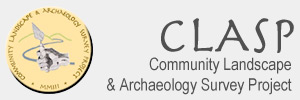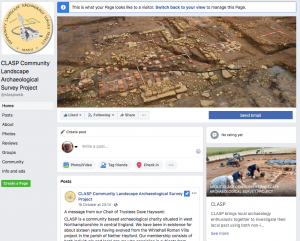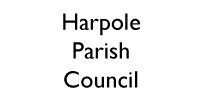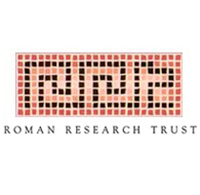Colleagues,
Just a few words to wish you all a successful 2019, and to thank you all for the efforts that you have made to help CLASP sustain its ongoing technical successes. I cannot however stress enough the importance for you all to remain involved if this situation is to be sustained. Hopefully, perhaps our long held vision to establish a permanent base will move forward in 2019. If this does come to fruition there will undoubtedly be a ‘call to arms’ for help in getting the project operational.
It is also important that we appreciate the support and co-operation we enjoy from those outside of CLASP in the worlds of commercial archaeology, academia and others who provide material and financial support. These relationships are essential to enhance our technical knowledge and ensure a mutual exchange of information between this wider archaeological world and ourselves. To that effect can I suggest that members look to attend relevant courses and conferences to broaden your knowledge and understanding of relevant matters; these events enable you to create important contacts in the world of archaeology.
We are pleased to welcome some new members whom I am sure will bring valuable experiences and skills to further our fieldwork and research, you are welcome! Hopefully all members, old and new, will participate in our activities whether it is desktop research, fieldwork – in all its forms – and similarly post-excavation work, for example report preparation or finds processing. There are many opportunities that we can provide but conversely we look to you to suggest new areas of research and also methods to broaden our capabilities and knowledge
Some of you may know that we now have our own Facebook Group (click on the link above). If you are active in social media could I please ask that you get involved with our Group to make it a success. Both through this, and any other method, I ask you all to spread the word about CLASP and seek to widen our membership base.
We hope to see and hear from you all at our activities during 2019!
Regards,
Dave Hayward
Chair of Trustees

 CLASP has recently relaunched its Facebook page. It can be found at:-
CLASP has recently relaunched its Facebook page. It can be found at:-








